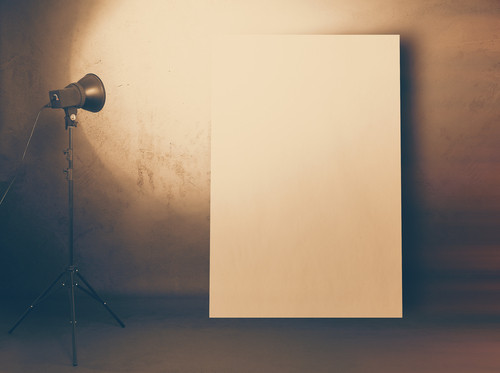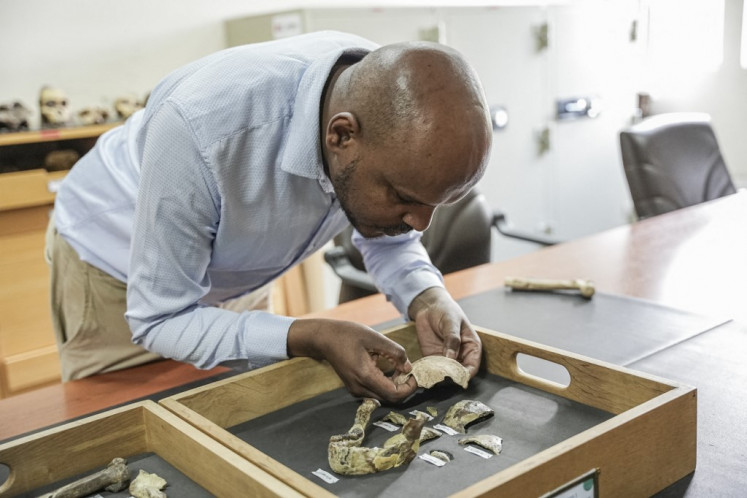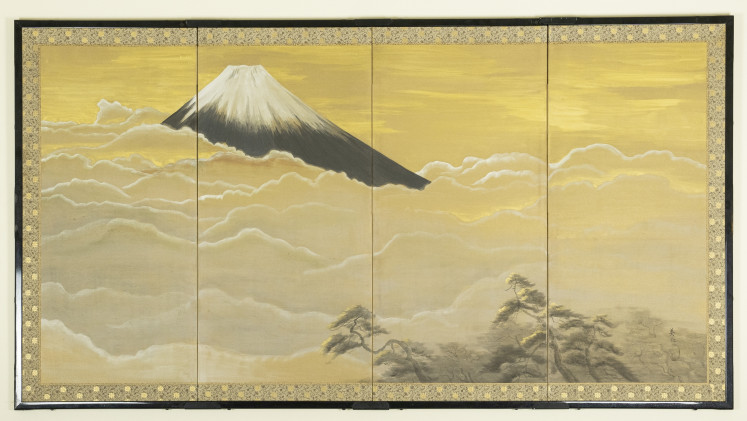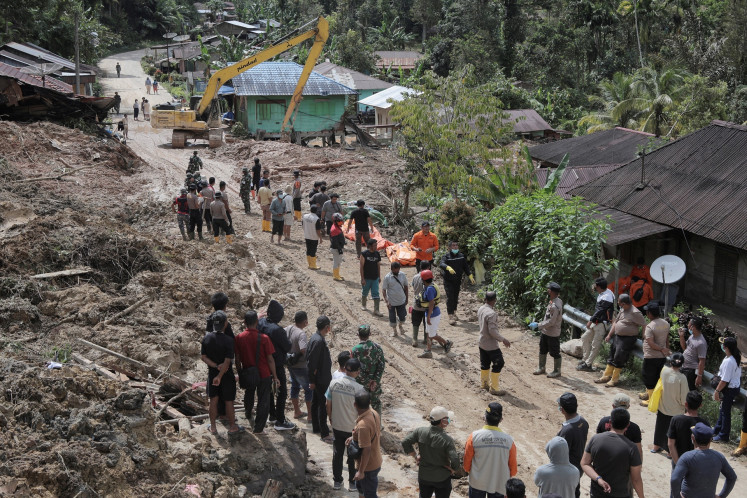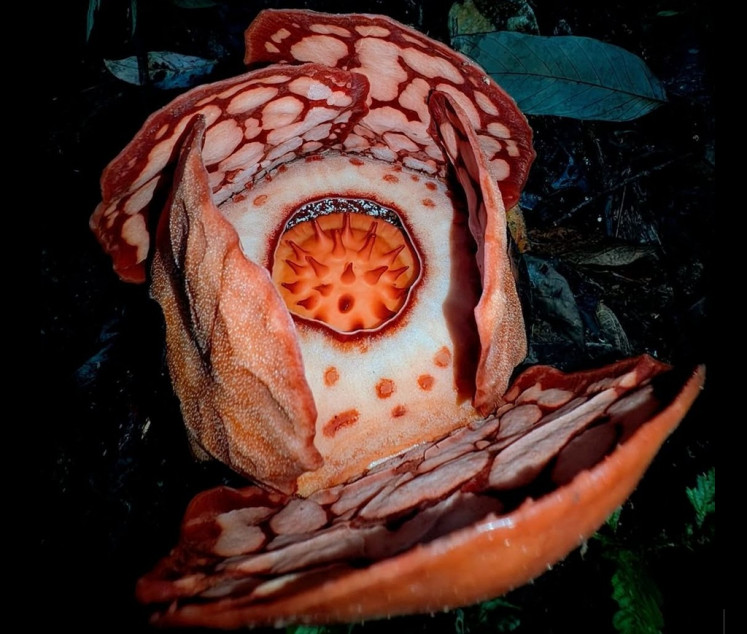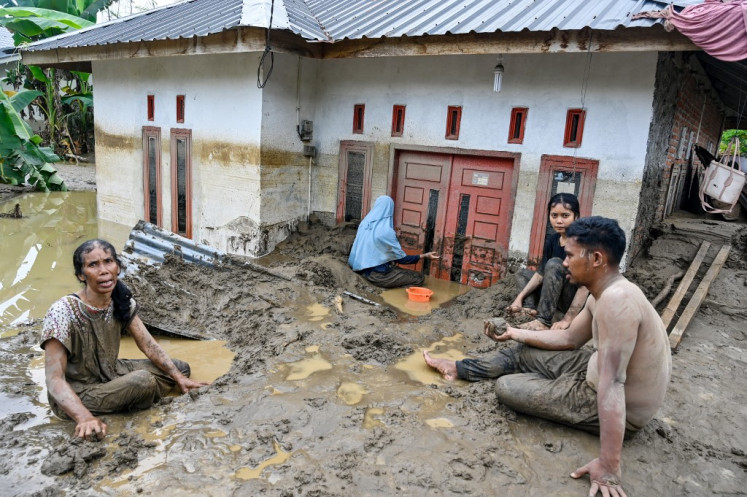Popular Reads
Top Results
Can't find what you're looking for?
View all search resultsPopular Reads
Top Results
Can't find what you're looking for?
View all search resultsPapuan artists raise their voices in virtual exhibition
A virtual exhibition by art group Udeido features 23 artists and spotlights racial injustice.
Change text size
Gift Premium Articles
to Anyone
A
fter the May death of George Floyd in police custody sparked a wave of antiracism protests all over the world, people also started to ponder on anti-Black and white supremacist rhetoric that spread globally through colonization.
According to a 2014 study by Camellia Webb-Gannon published in Anthropologica journal titled “Merdeka in West Papua: Peace, Justice and Political Independence”, Papuans have been subjected to racial and ethnic discrimination as well as physical assault and torture. ()
This was reflected in the opening statement by art group Udeido in their Tonawi Mana virtual exhibition, which is being held until Aug. 17 on their website and features 23 artists.
Today, Papuans are still mostly perceived to be primitive and barbaric. Underrepresentation of Papua in mainstream Indonesian media also hinders the discourse on Papua issues from leaving the island, according to the Udeido community.
The Tonawi Mana exhibition showcases artists speaking on Papua. Activist Ligia J. Giay spoke about Biak Berdarah (Bloody Biak), the torture and murder of a Papuan group 22 years ago and Indonesia’s lack of resolution to the overarching problem of racist violence, which made Papua seem like “the place where rights go to die”.
Giay said the lack of journalistic access to the issues happening in Papua was why exhibitions like Tonawi Mana was considered crucial in showing solidarity with the vulnerable.
“I am not an optimistic person,” said Giay. “But this is the most hopeful I have been in a while.”
Others who contributed to the exhibition used the help of other works of art to articulate their point. Anthropologist I Ngurah Suryawan used Arnold Ap’s song “Life Is a Mystery” to emphasize that Papuans often do not have the privilege to express themselves politically. The song, which speaks of “being locked up in their world” and “waiting for nothing but freedom”, is the sliver of a chance they get in conveying their desires.
Suryawan said the song was sung by Papuan activists Surya Anta, Charles Kossay, Dano Tabuni, Isay Wenda, Ambrosius Mulait and Arina Elopere who were charged with treason and conspiracy for demanding a referendum in front of the State Palace in Central Jakarta in August 2019. Reading the daily narratives of Papuans on platforms such as the exhibition counteracts the suppression of their freedom of speech, Suryawan said.
He added that the separatist stigma was something the government had consistently used against Papuans to silence their expression, causing anger and suffering. An exhibition such as Taniwa Mana highlights the disconnect between issues in Papua and the rest of the country, he said.
“It is these ideas about violence and terror that continue to support the journey of the nation and state of Indonesia, as well as the continuous seed to Papuans’ distrust of the Indonesian government,” said Suryawan. “It is human values that can become a candle of awareness about our discriminatory thoughts and colonial gaze toward Papuans.” (wng)
--------------
The writer is an intern at The Jakarta Post.

